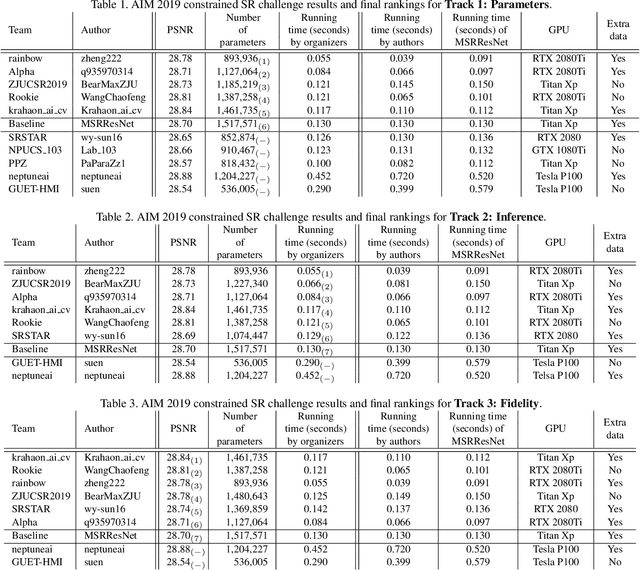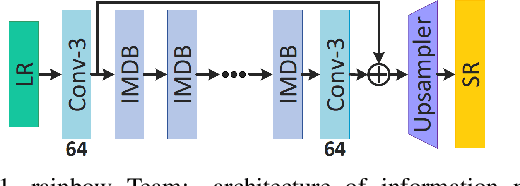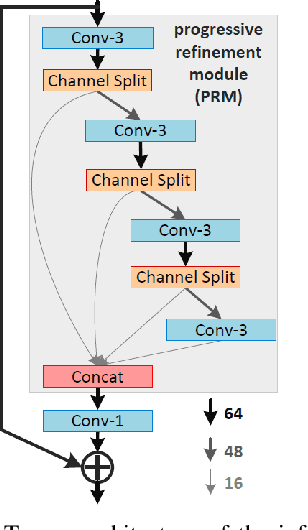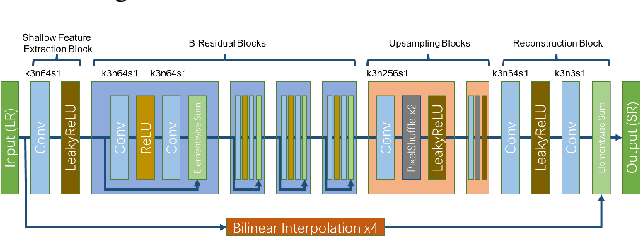Chaofeng Wang
Visual Perception of Building and Household Vulnerability from Streets
May 28, 2022



Abstract:In developing countries, building codes often are outdated or not enforced. As a result, a large portion of the housing stock is substandard and vulnerable to natural hazards and climate related events. Assessing housing quality is key to inform public policies and private investments. Standard assessment methods are typically carried out only on a sample / pilot basis due to its high costs or, when complete, tend to be obsolete due to the lack of compliance with recommended updating standards or not accessible to most users with the level of detail needed to take key policy or business decisions. Thus, we propose an evaluation framework that is cost-efficient for first capture and future updates, and is reliable at the block level. The framework complements existing work of using street view imagery combined with deep learning to automatically extract building information to assist the identification of housing characteristics. We then check its potential for scalability and higher level reliability. For that purpose, we create an index, which synthesises the highest possible level of granularity of data at the housing unit and at the household level at the block level, and assess whether the predictions made by our model could be used to approximate vulnerability conditions with a lower budget and in selected areas. Our results indicated that the predictions from the images are clearly correlated with the index.
AIM 2019 Challenge on Constrained Super-Resolution: Methods and Results
Nov 04, 2019



Abstract:This paper reviews the AIM 2019 challenge on constrained example-based single image super-resolution with focus on proposed solutions and results. The challenge had 3 tracks. Taking the three main aspects (i.e., number of parameters, inference/running time, fidelity (PSNR)) of MSRResNet as the baseline, Track 1 aims to reduce the amount of parameters while being constrained to maintain or improve the running time and the PSNR result, Tracks 2 and 3 aim to optimize running time and PSNR result with constrain of the other two aspects, respectively. Each track had an average of 64 registered participants, and 12 teams submitted the final results. They gauge the state-of-the-art in single image super-resolution.
Building Information Modeling and Classification by Visual Learning At A City Scale
Oct 14, 2019



Abstract:In this paper, we provide two case studies to demonstrate how artificial intelligence can empower civil engineering. In the first case, a machine learning-assisted framework, BRAILS, is proposed for city-scale building information modeling. Building information modeling (BIM) is an efficient way of describing buildings, which is essential to architecture, engineering, and construction. Our proposed framework employs deep learning technique to extract visual information of buildings from satellite/street view images. Further, a novel machine learning (ML)-based statistical tool, SURF, is proposed to discover the spatial patterns in building metadata. The second case focuses on the task of soft-story building classification. Soft-story buildings are a type of buildings prone to collapse during a moderate or severe earthquake. Hence, identifying and retrofitting such buildings is vital in the current earthquake preparedness efforts. For this task, we propose an automated deep learning-based procedure for identifying soft-story buildings from street view images at a regional scale. We also create a large-scale building image database and a semi-automated image labeling approach that effectively annotates new database entries. Through extensive computational experiments, we demonstrate the effectiveness of the proposed method.
Lightweight Image Super-Resolution with Adaptive Weighted Learning Network
Apr 04, 2019



Abstract:Deep learning has been successfully applied to the single-image super-resolution (SISR) task with great performance in recent years. However, most convolutional neural network based SR models require heavy computation, which limit their real-world applications. In this work, a lightweight SR network, named Adaptive Weighted Super-Resolution Network (AWSRN), is proposed for SISR to address this issue. A novel local fusion block (LFB) is designed in AWSRN for efficient residual learning, which consists of stacked adaptive weighted residual units (AWRU) and a local residual fusion unit (LRFU). Moreover, an adaptive weighted multi-scale (AWMS) module is proposed to make full use of features in reconstruction layer. AWMS consists of several different scale convolutions, and the redundancy scale branch can be removed according to the contribution of adaptive weights in AWMS for lightweight network. The experimental results on the commonly used datasets show that the proposed lightweight AWSRN achieves superior performance on x2, x3, x4, and x8 scale factors to state-of-the-art methods with similar parameters and computational overhead. Code is avaliable at: https://github.com/ChaofWang/AWSRN
 Add to Chrome
Add to Chrome Add to Firefox
Add to Firefox Add to Edge
Add to Edge